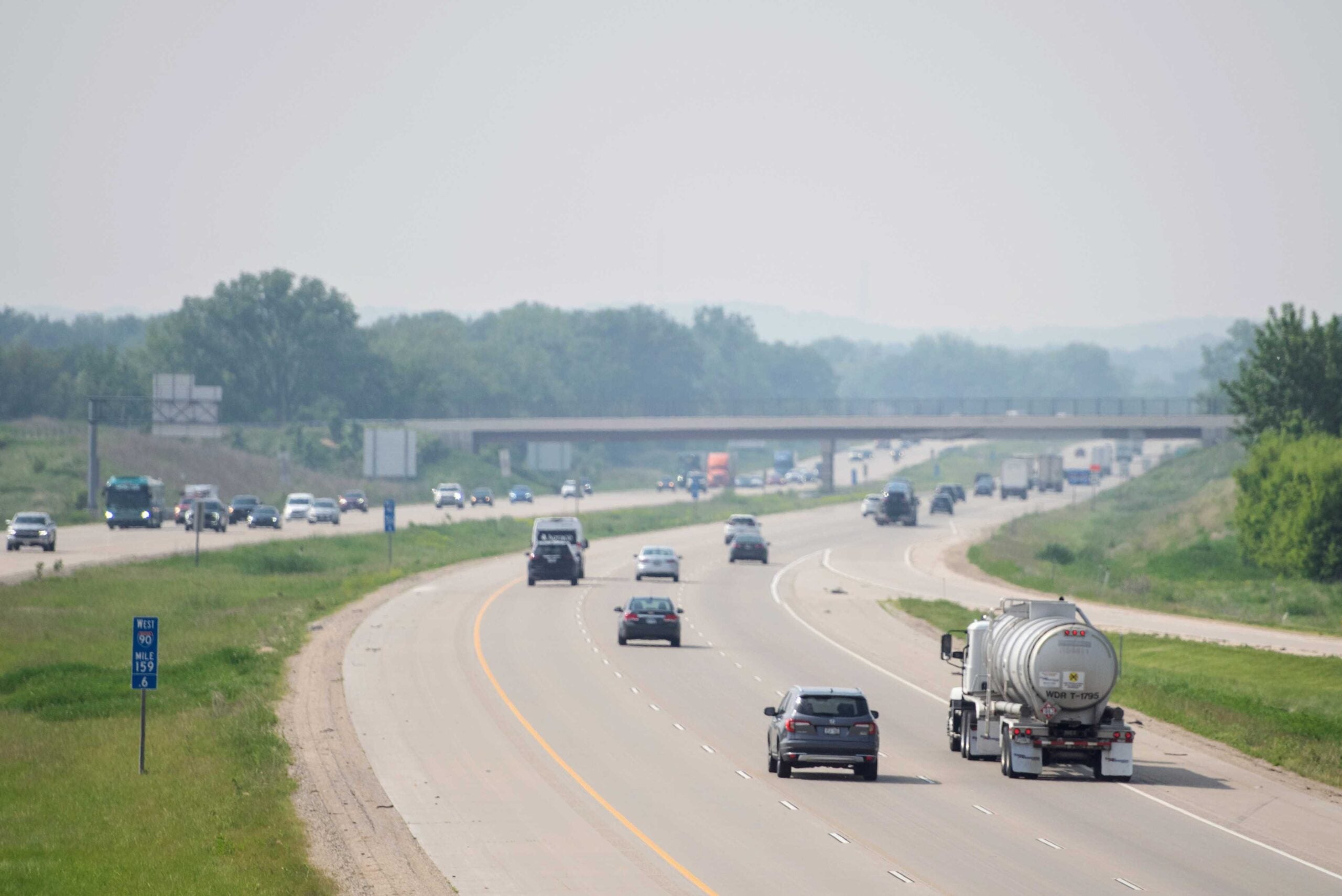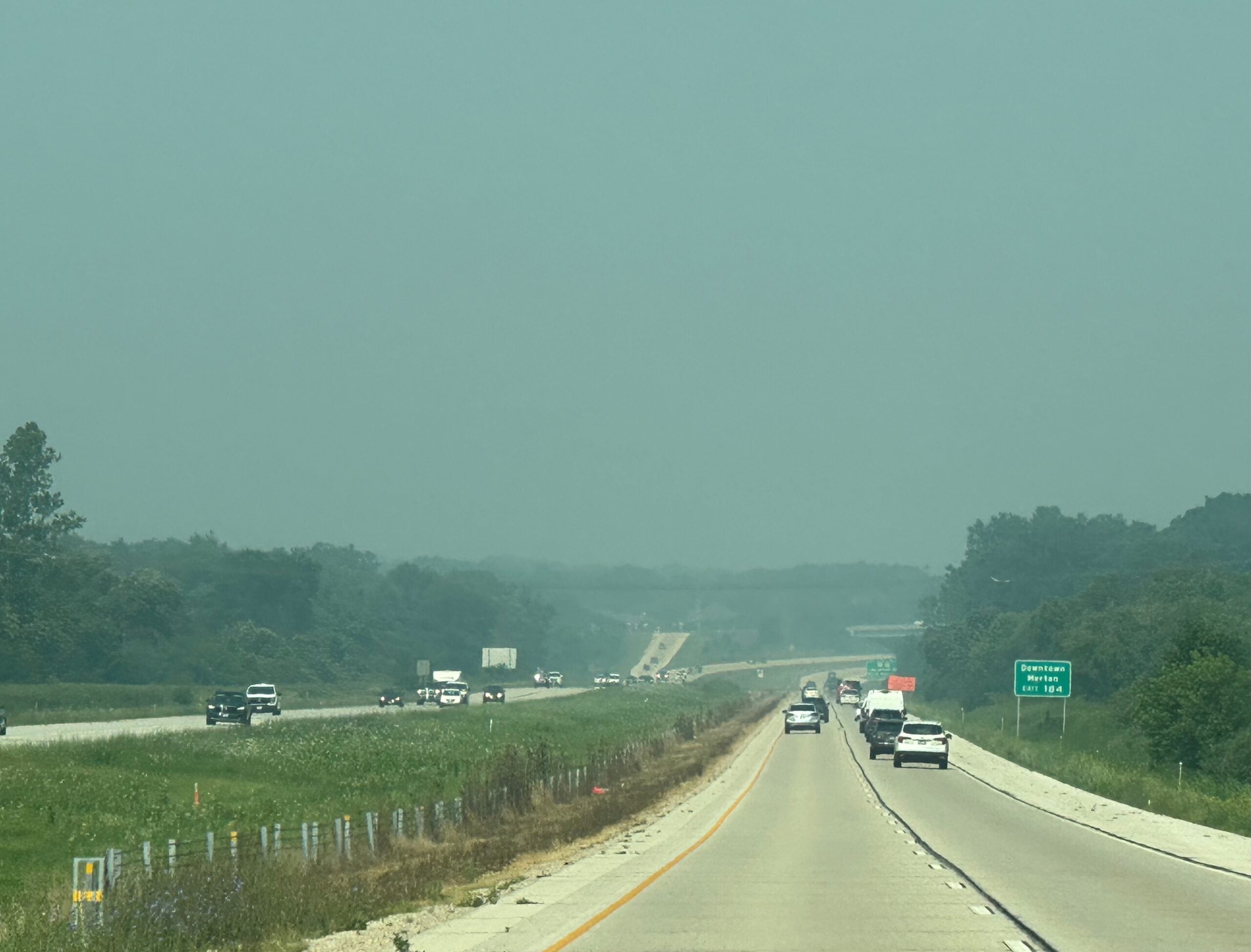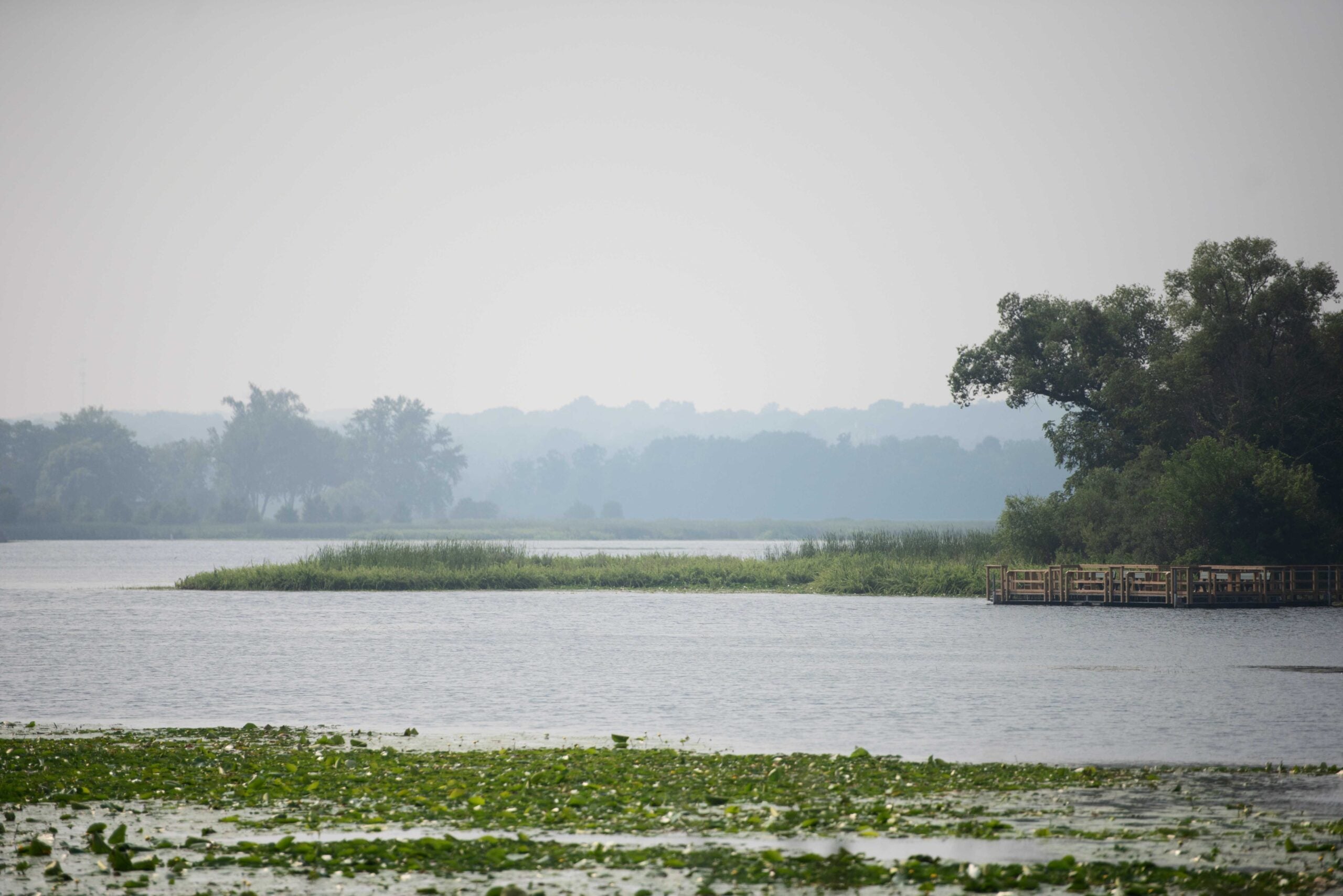Southern Wisconsin has been seeing some of the worst air quality in the nation Wednesday as smoke from Canadian wildfires continues to blanket much of the state.
Milwaukee, Kenosha and Ozaukee counties all had “unhealthy” air quality ratings during the afternoon.
Milwaukee resident Katie Kreutzmann first noticed a change in the air quality Tuesday. It started with how clearly she could see the buildings in the city’s downtown, and then by how difficult it was to breathe.
“I have asthma, and I know other people who have asthma,” Kreutzmann said. “It’s been like, gross recently. I’ve had more trouble breathing.”
News with a little more humanity
WPR’s “Wisconsin Today” newsletter keeps you connected to the state you love without feeling overwhelmed. No paywall. No agenda. No corporate filter.
The Environmental Protection Agency uses the U.S. Air Quality Index, or AQI, to communicate health risks tied to outdoor air quality.
Air quality data from the EPA’s AirNow map shows Harrington Beach State Park in Ozaukee County had an AQI of 163 for fine particle or soot pollution as of 2 p.m. Any air quality readings over 150 indicate unhealthy air.
At the same time, Milwaukee had an AQI of 156, and Madison’s readings peaked at 171 at 8 a.m.
So far, Sault Ste. Marie, Michigan had the worst air quality at noon when the AQI peaked at 175.
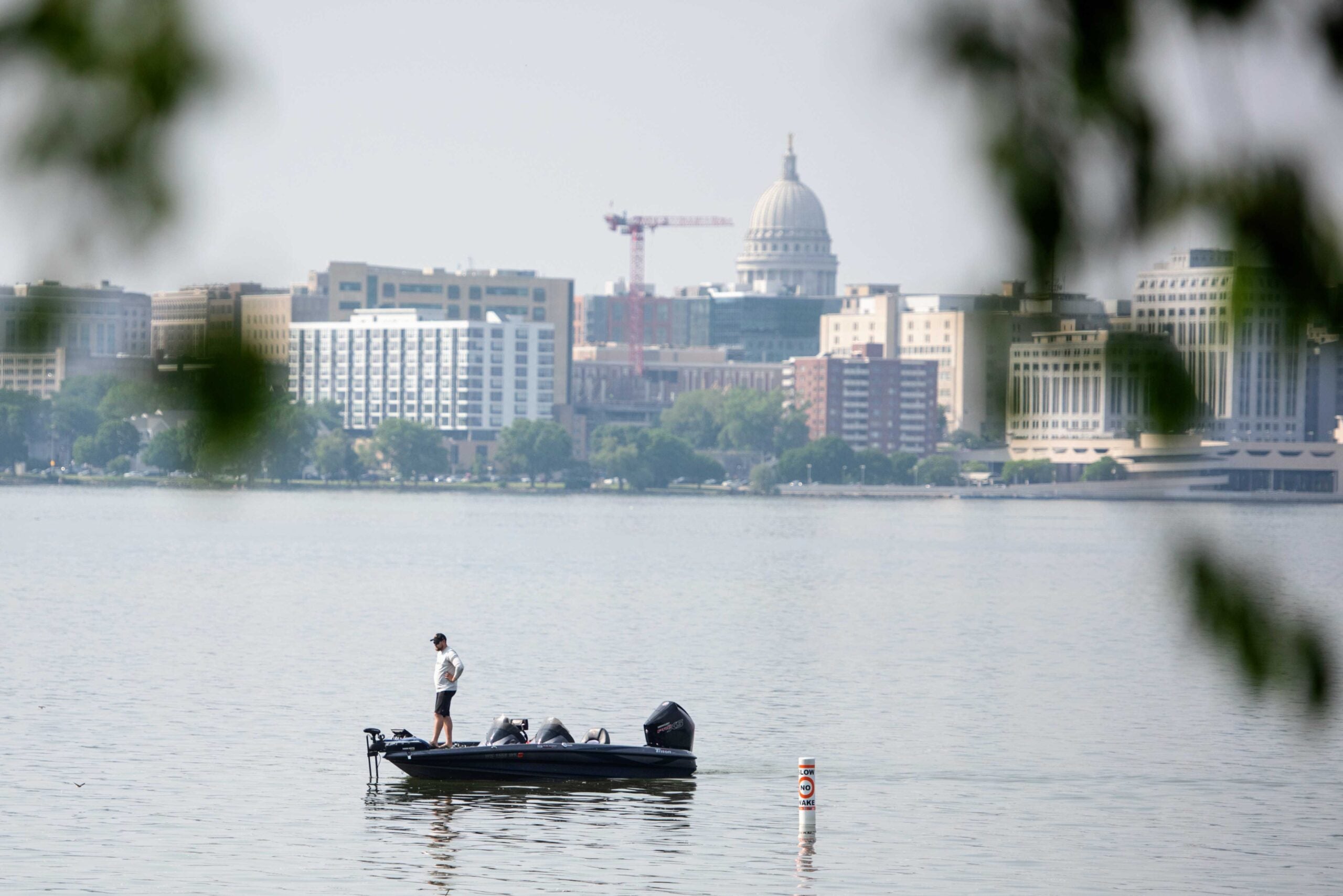
The Wisconsin Department of Natural Resources issued another advisory for soot pollution across 39 counties mostly in eastern and southern Wisconsin. The advisory went into effect at noon Wednesday and runs through noon Thursday.
Milwaukee resident Curley Harris said he’s tired of poor air quality, and he tied the impact of wildfires to climate change.
“When are they going to fix this stuff?” Harris said. “If it’s constantly every year, something’s wrong with the climate change, and we need to fix that first and take that seriously. That’s the main point. But we just have to live with it until everybody come to these senses, realize that good quality of air is good for human beings.”

Air quality has been improving in northwest Wisconsin. The DNR said unhealthy air is most likely in eastern areas near Green Bay and Lake Michigan.
People with heart and lung disease, children and older adults should consider moving all activities inside. Everyone else should limit the intensity of activities and amount of time spent outdoors.
The DNR urges people to go inside if they have symptoms like coughing, heart palpitations or shortness of breath.
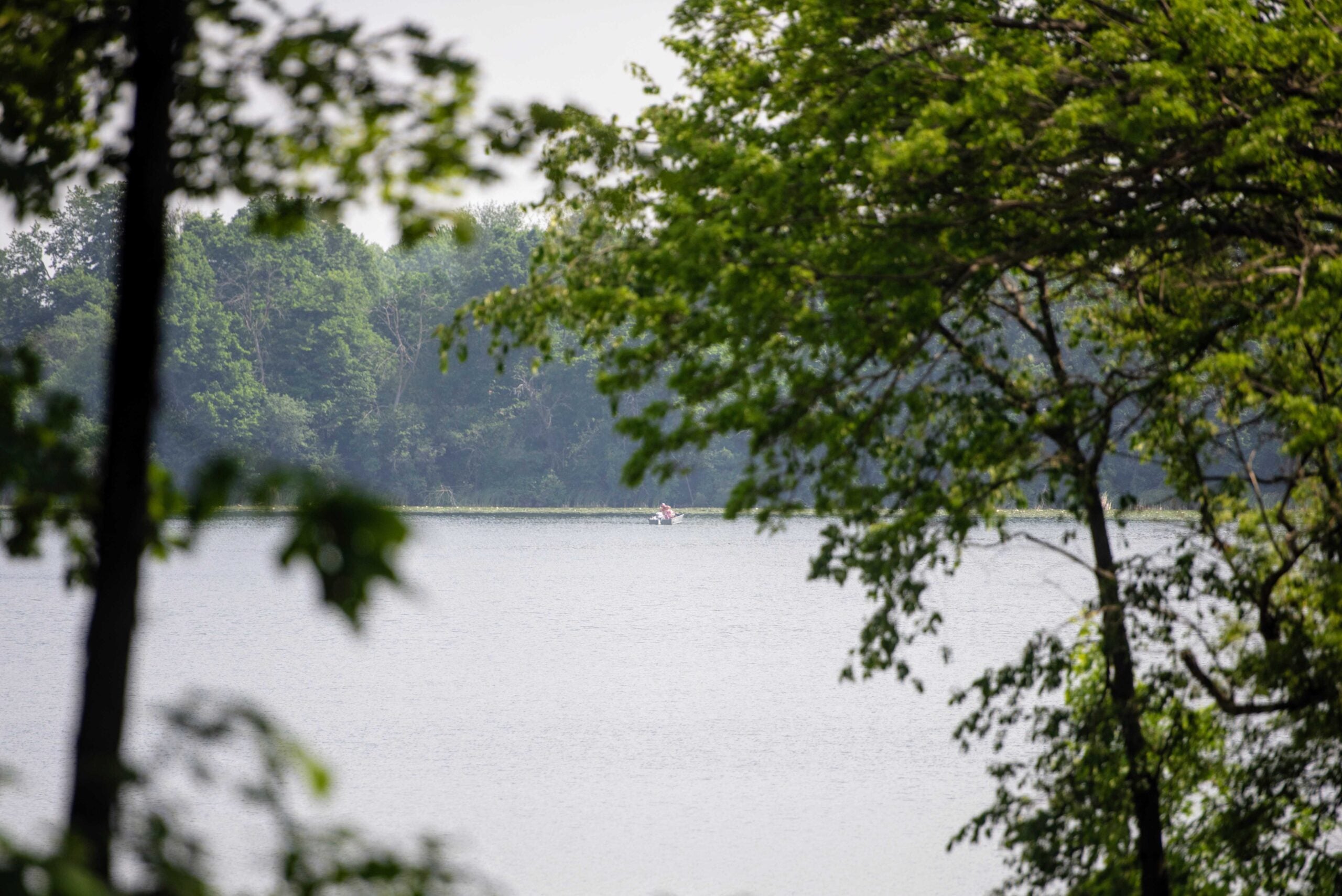
Wisconsin Public Radio, © Copyright 2026, Board of Regents of the University of Wisconsin System and Wisconsin Educational Communications Board.

